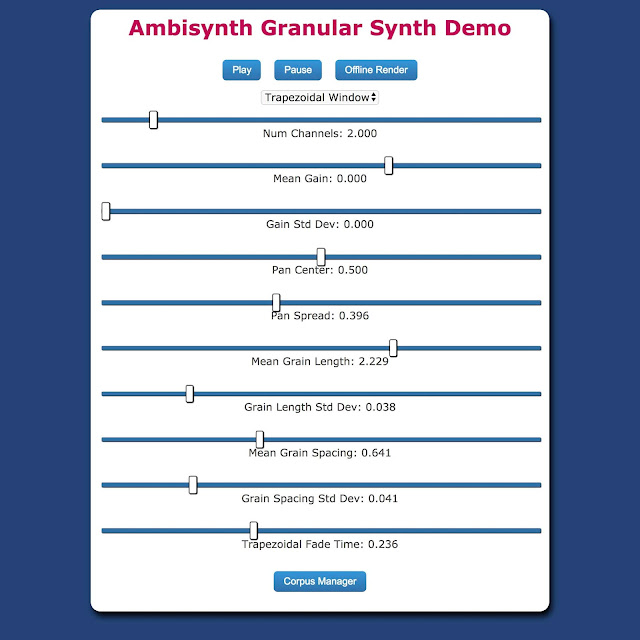WaveRNN

Figure 1: CVSSP's Pet Wyvern. Introduction I've been thinking about how we can make audio synthesis faster. In particular, I would be interested in realtime soundscape synthesis, partially because I think it would be good for the project, and partly because it would be well aligned with my own personal research goals. I found two options: Parallel Wavenet For a while, I was looking at parallel wavenet . This can supposedly generate samples in realtime, and is now used in the Google Assistant. However, I have been unable to find a good, vanilla implementation of it, and the paper is really sparse on details. There are some projects on GitHub where people have started implementing it more than 6 months ago and have not finished, so given the time constraints of this project, implementing it myself doesn't seem feasible. Moreover, the training process is very intricate and involves training a couple of networks separately and then together -- which makes it really har...

